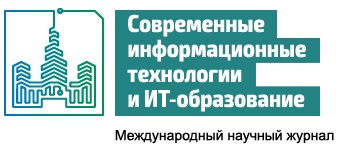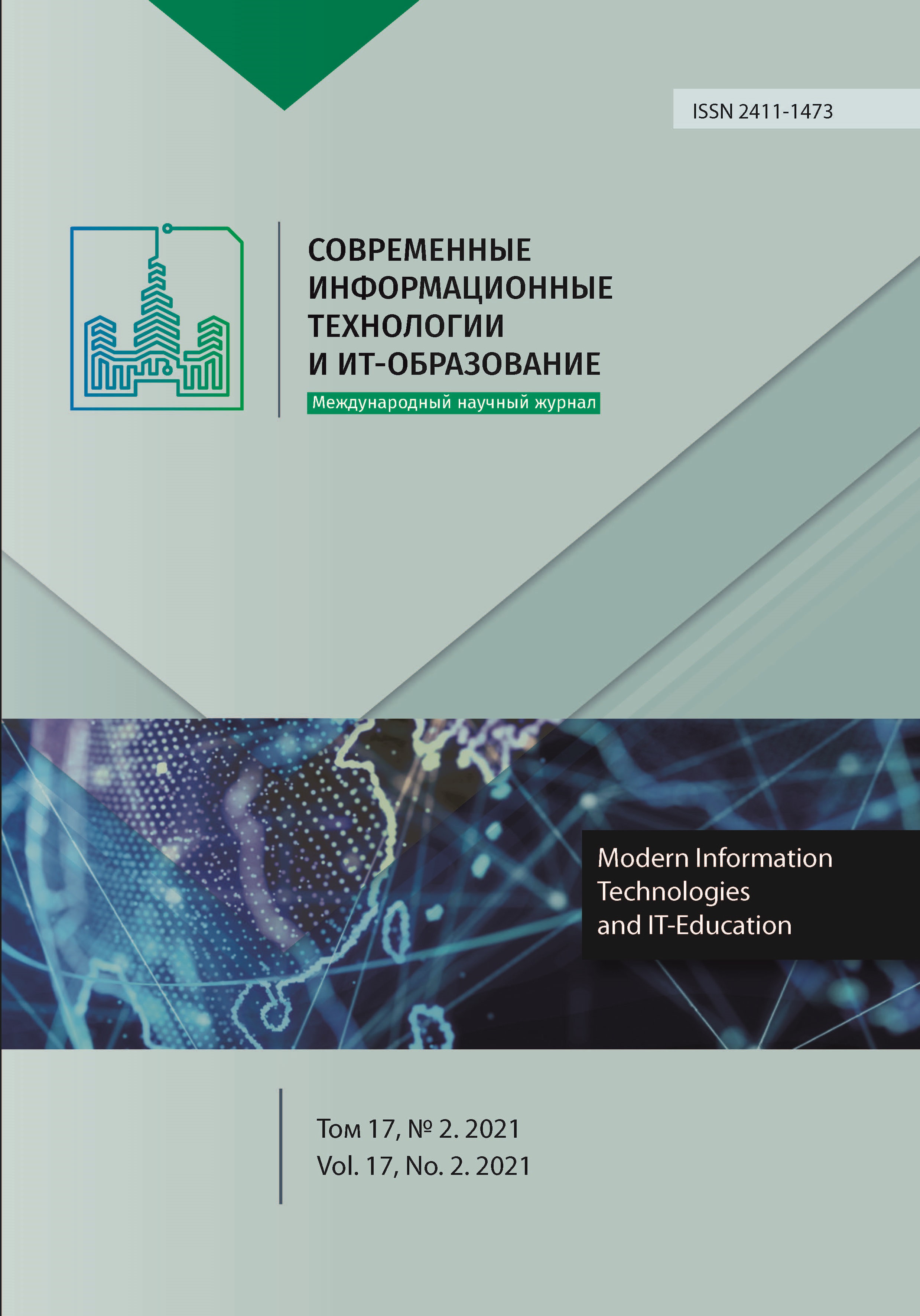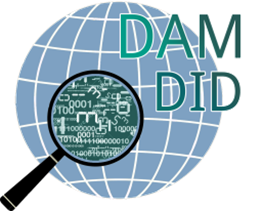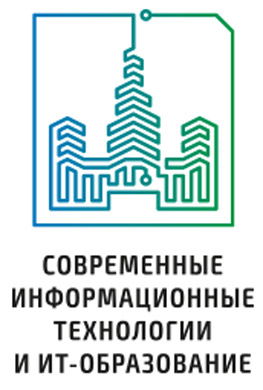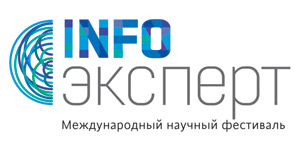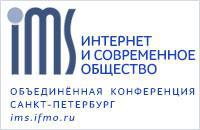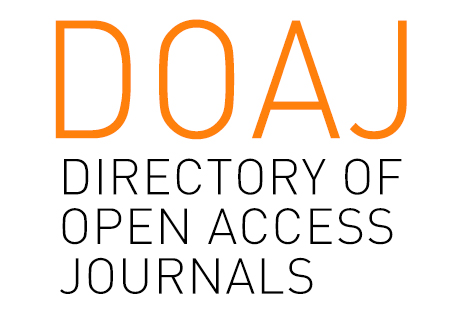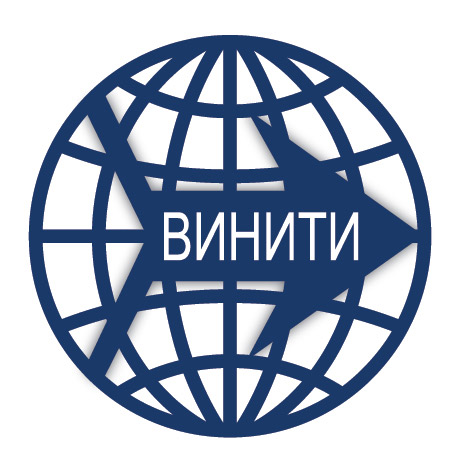Приближенный метод решения краевых задач с подвижными границами в разработанном программном комплексе TB-Analisys
Аннотация
Задача о колебаниях объектов с движущимися границами, сформулированная в виде дифференциального уравнения с граничными и начальными условиями, является неклассическим обобщением гиперболической задачи. Для облегчения построения решения этой задачи и обоснования выбора формы решения построены эквивалентные интегро-дифференциальные уравнения с симметричными и зависящими от времени ядрами и изменяющимися во времени пределами интегрирования. Преимущества метода интегро-дифференциальных уравнений раскрываются при переходе к более сложным динамическим системам, несущим сосредоточенные массы, колеблющиеся под действием подвижных нагрузок. Метод распространяется на более широкий класс модельных краевых задач, которые учитывают жесткость при изгибе, сопротивление внешней среды и жесткость основания колеблющегося объекта. Особое внимание уделяется рассмотрению наиболее распространенного на практике случая, когда на границах действуют внешние возмущения. Решение принимается в безразмерных переменных с точностью до значений второго порядка относительно малых параметров, характеризующих скорость границы. Найдено приближенное решение задачи о поперечных колебаниях каната подъемного устройства, обладающего жесткостью на изгиб, один конец которого намотан на барабан, а на другом закреплен груз. Представлены результаты, полученные для амплитуды колебаний, соответствующей n-му динамическому режиму. Явление установившегося резонанса и прохождения через резонанс исследуется с помощью численных методов. Решение выполнено в безразмерных переменных с использованием программного пакета TB-Analysis, разработанного в среде Matlab, что позволяет использовать полученные результаты для расчета широкого спектра технических объектов.
Литература
2. Zhu W.D., Chen Y. Theoretical and Experimental Investigation of Elevator Cable Dynamics and Control. Journal of Vibration and Acoustics. 2006; 128(1):66-78. (In Eng.) DOI: https://doi.org/10.1115/1.2128640
3. Shi Y.-J., Wu L.-L., Wang Y.-Q. Analysis on nonlinear natural frequencies of cable net. Journal of Vibration Engineering. 2006; 19(2):173-178. (In Chine, abstract in Eng.)
4. Wang L., Zhao Y. Multiple internal resonances and non-planar dynamics of shallow suspended cables to the harmonic excitations. Journal of Sound and Vibration. 2009; 319(1-2):1-14. (In Eng.) DOI: https://doi.org/10.1016/j.jsv.2008.08.020
5. Zhao Y., Wang L. On the symmetric modal interaction of the suspended cable: Three-to-one internal resonance. Journal of Sound and Vibration. 2006; 294(4-5):1073-1093. (In Eng.) DOI: https://doi.org/10.1016/j.jsv.2006.01.004
6. Vesnitskii A.I. Volny v sistemah s dvizhushhimisja granicami i nagruzkami [Waves in systems with moving boundaries and loads]. Fizmatlit, Moscow; 2001. 320 p. (In Russ.)
7. Goroshko O.A., Savin G.N. Vvedenie v mehaniku deformiruemyh odnomernyh tel peremennoj dliny [Introduction to the Mechanics of a Deformable One-Dimensional Variable-Length Body]. Naukova Dumka, Kiev; 1971. 290 p. (In Russ.)
8. Anisimov V.N., Litvinov V.L. Transverse vibrations rope moving in longitudinal direction. Izvestia of Samara Scientific Center of the Russian Academy of Sciences. 2017; 19(4):161-166. Available at: https://www.elibrary.ru/item.asp?id=32269460 (accessed 20.05.2021). (In Russ., abstract in Eng.)
9. Litvinov V.L., Anisimov V.N. Mathematical modeling and study of oscillations of one-dimensional mechanical systems with moving boundaries. SamSTU Publ., Samara; 2017. 149 p. Available at: https://www.elibrary.ru/item.asp?id=36581641 (accessed 20.05.2021). (In Russ., abstract in Eng.)
10. Lezhneva A.A. Svobodnye izgibnye kolebanija balki peremennoj dliny [Free bending vibrations of a beam of variable length]. Uchenye zapiski Permskogo gosudarstvennogo universiteta. 1966; (156):143-150. (In Russ.)
11. Savin G.N., Goroshko O.A. Dinamika niti peremennoj dliny [Dynamics of Thread of Variable Length]. Naukova Dumka, Kiev; 1962. 332 p. (In Russ.)
12. Litvinov V.L. Study free vibrations of mechanical objects with moving boundaries using asymptotical method. Zhurnal Srednevolzhskogo Matematicheskogo Obshchestva = Middle Volga Mathematical Society Journal. 2014; 16(1):83-88. Available at: https://www.elibrary.ru/item.asp?id=21797219 (accessed 20.05.2021). (In Russ., abstract in Eng.)
13. Liu Z.-j., Chen G.-p. Planar non-linear free vibration analysis of stay cable considering the effects of flexural rigidity. Journal of Vibration Engineering. 2007; 20(1):57-60. (In Chine, abstract in Eng.)
14. Anisimov V.N., Korpen I.V., Litvinov V.L. Application of the Kantorovich-Galerkin Method for Solving Boundary Value Problems with Conditions on Moving Borders. Mechanics of Solids. 2018; 53(2):177-183. (In Eng.) DOI: https://doi.org/10.3103/S0025654418020085
15. Berlioz A., Lamarque C.-H. A non-linear model for the dynamics of an inclined cable. Journal of Sound and Vibration. 2005; 279(3-5):619-639. (In Eng.) DOI: https://doi.org/10.1016/j.jsv.2003.11.069
16. Sandilo S.H., van Horssen W.T. On variable length induced vibrations of a vertical string. Journal of Sound and Vibration. 2014; 333:2432-2449. (In Eng.) DOI: https://doi.org/10.1016/j.jsv.2014.01.011
17. Zhang W., Tang Y. Global dynamics of the cable under combined parametrical and external excitations. International Journal of Non-Linear Mechanics. 2002; 37(3):505-526. (In Eng.) DOI: https://doi.org/10.1016/S0020-7462(01)00026-9
18. Palm J. et al. Simulation of mooring cable dynamics using a discontinuous Galerkin method. In: Ed. by B. Brinkmann, P. Wriggers. MARINE V: Proceedings of the V International Conference on Computational Methods in Marine Engineering. CIMNE, Hamburg, Germany; 2013. p. 455-466. Available at: http://hdl.handle.net/2117/333008 (accessed 20.05.2021). (In Eng.)
19. Faravelli L., Fuggini C., Ubertini F. Toward a hybrid control solution for cable dynamics: Theoretical prediction and experimental validation. Structural Control and Health Monitoring. 2010; 17(4):386-403. (In Eng.) DOI: https://doi.org/10.1002/stc.313
20. Anisimov V.N., Litvinov V.L., Korpen I.V. On a method of analytical solution of wave equation describing the oscillations sistem with moving boundaries. Journal of Samara State Technical University. Ser. Physical and Mathematical Sciences. 2012; (3):145-151. Available at: https://www.elibrary.ru/item.asp?id=19092391 (accessed 20.05.2021). (In Russ., abstract in Eng.)
21. Vesnitskii A.I. The inverse problem for a one-dimensional resonator the dimensions of which vary with time. Radiophysics and Quantum Electronics. 1971; 14(10):1209-1215. (In Eng.) DOI: https://doi.org/10.1007/BF01035071
22. Barsukov K.A., Grigoryan G.A. Theory of a waveguide with moving boundaries. Radiophysics and Quantum Electronics. 1976; 19(2):194-200. (In Eng.) DOI: https://doi.org/10.1007/BF01038526
23. Anisimov V.N., Litvinov V.L. Calculation of eigen frequencies of a rope moving in longitudinal direction. Zhurnal Srednevolzhskogo Matematicheskogo Obshchestva = Middle Volga Mathematical Society Journal. 2017; 19(1):130-139. Available at: https://www.elibrary.ru/item.asp?id=29783056 (accessed 20.05.2021). (In Russ., abstract in Eng.)
24. Litvinov V.L. Longitudinal oscillations of the rope of variable length with a load at the end. Bulletin of Science and Technical Development. 2016; (1):19-24. Available at: https://www.elibrary.ru/item.asp?id=28765822 (accessed 20.05.2021). (In Russ., abstract in Eng.)
25. Litvinov V.L. Solution of boundary value problems with moving boundaries using the method of change of variables in the functional equation. Zhurnal Srednevolzhskogo Matematicheskogo Obshchestva = Middle Volga Mathematical Society Journal. 2013; 15(3):112-119. Available at: https://www.elibrary.ru/item.asp?id=21064140 (accessed 20.05.2021). (In Russ., abstract in Eng.)

Это произведение доступно по лицензии Creative Commons «Attribution» («Атрибуция») 4.0 Всемирная.
Редакционная политика журнала основывается на традиционных этических принципах российской научной периодики и строится с учетом этических норм работы редакторов и издателей, закрепленных в Кодексе поведения и руководящих принципах наилучшей практики для редактора журнала (Code of Conduct and Best Practice Guidelines for Journal Editors) и Кодексе поведения для издателя журнала (Code of Conduct for Journal Publishers), разработанных Комитетом по публикационной этике - Committee on Publication Ethics (COPE). В процессе издательской деятельности редколлегия журнала руководствуется международными правилами охраны авторского права, нормами действующего законодательства РФ, международными издательскими стандартами и обязательной ссылке на первоисточник.
Журнал позволяет авторам сохранять авторское право без ограничений. Журнал позволяет авторам сохранить права на публикацию без ограничений.
Издательская политика в области авторского права и архивирования определяются «зеленым цветом» в базе данных SHERPA/RoMEO.
Все статьи распространяются на условиях лицензии Creative Commons «Attribution» («Атрибуция») 4.0 Всемирная, которая позволяет другим использовать, распространять, дополнять эту работу с обязательной ссылкой на оригинальную работу и публикацию в этом журналe.
